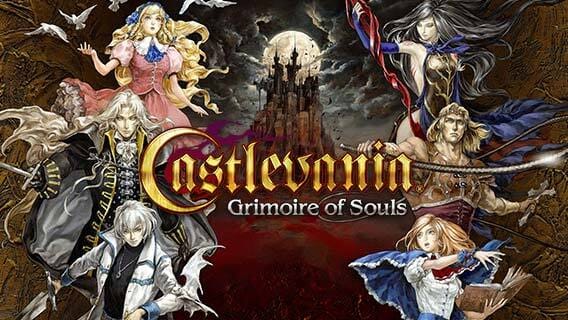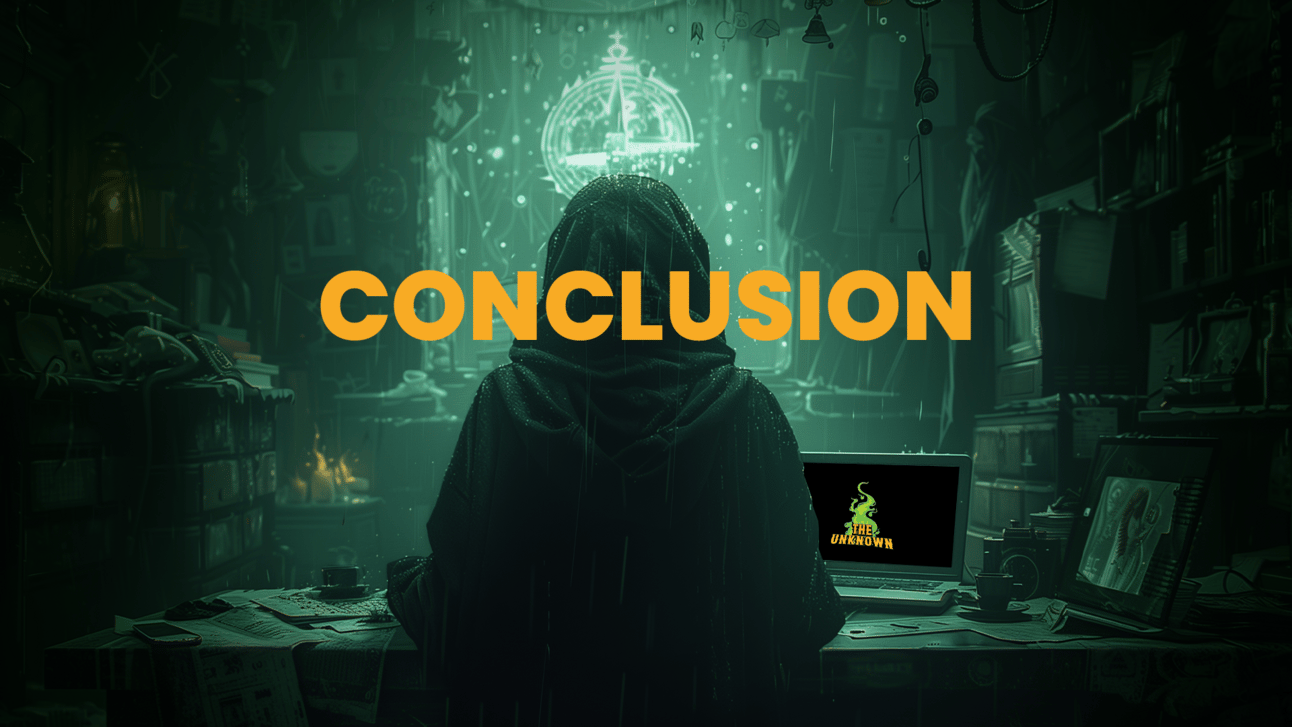- The Unknown
- Posts
- Exploring the World of Animated Horror TV Shows
Exploring the World of Animated Horror TV Shows
From Saturday Mornings to Nightmare Fuel

Animation isn’t just for kids—and nowhere is that more apparent than in the world of animated horror TV shows. Whether your first taste of horror came from a spooky Saturday morning cartoon or you dove straight into the deep end with mature, graphic series, animated horror offers a unique blend of creativity and chills.
The Power of Animation in Horror
Animation gives horror creators a flexible platform, unbound by the laws of physics or reality. This means they can visualize pure fear, from surreal body horror to psychological terrors where the world literally shifts around a character. Monsters can be as wild as an artist’s imagination, and the tone can range from gentle spookiness for kids to dark, mature fantasy for adults.
Gateway Horror: Tales from the Cryptkeeper

For many, “Tales from the Cryptkeeper” was a first step into horror. Based on EC comics and the HBO show, this Saturday morning hit managed to introduce horror morality plays to a younger audience. The Cryptkeeper’s iconic cackle, spooky but not terrifying, and the show’s clever supernatural comeuppances made exploring fears feel safe and even fun.
Mature Animation: Castlevania

On the other end of the spectrum is “Castlevania”, a game-changing adaptation that elevated both video game storytelling and mature animation. With its dark fantasy and gothic horror, “Castlevania” explores themes of grief, corruption, and violence, all while delivering stunning, brutal action sequences. The character dynamics and deep storytelling set a new standard for adult animated horror.
Surreal and Comedic Horror: Courage the Cowardly Dog

“Courage the Cowardly Dog” blended surreal horror with comedy, creating a world of constant, low-level dread. Courage’s adventures in the isolated “Nowhere” brought bizarre threats and grotesque visuals, tapping into childhood fears while mixing scares with slapstick humor. At its heart, Courage’s dedication to Muriel gave the show real emotional depth.
Dark Comedy: The Grim Adventures of Billy & Mandy

What happens when the Grim Reaper loses a bet and becomes best friends with two kids? “The Grim Adventures of Billy & Mandy” answers that with a twisted, hilarious premise. The show’s cynical humor, inventive world, and willingness to embrace both horror and comedy pushed the boundaries of kids’ TV and earned a devoted following.
Gritty Superhero Horror: Spawn: The Animated Series

HBO’s “Spawn” proved that superhero cartoons could be seriously dark. With its gothic atmosphere, film noir art style, and unflinching exploration of damnation and free will, “Spawn” broke new ground for mature animation. Keith David’s iconic voice work and the show’s refusal to compromise on its themes made it a landmark in the genre.
Reinventing the Familiar: Scooby-Doo! Mystery Incorporated

“Scooby-Doo! Mystery Incorporated” took the classic monster-mystery formula and injected it with serialized horror and real stakes. Influenced by Twin Peaks and H.P. Lovecraft, the show wasn’t afraid to be genuinely scary, with complex relationships and an overarching curse that gave the series depth and substance.
Anime Body Horror: Parasyte: The Maxim

“Parasyte: The Maxim” is a masterclass in body horror and existential dread. The story of Shinichi and his sentient hand-parasite Migi explores identity, humanity, and survival, all while delivering visually inventive and genuinely monstrous designs. The show’s philosophical questions linger long after the credits roll.

The Versatility of Animated Horror
From gateway shows like “Cryptkeeper” to the philosophical and graphic intensity of “Parasyte”, animated horror demonstrates the limitless artistic freedom of the medium. Animation can create feelings and nightmares that live-action simply can’t capture.
As the genre continues to evolve, one question remains: What are the ultimate limits of fear that animation can explore? The future of animated horror is as boundless as the imagination itself.
Listen to the full podcast episode here!